What is an MPO/MTP loopback? An MPO/MTP loopback (Loopback) is a passive optical device that contains an internal MPO/MTP loopback jumper, connecting both ends of a fiber optic cable to the same MPO/MTP connector. This setup allows the optical signal to circulate within the same connector without altering or repeating the signal back to itself.
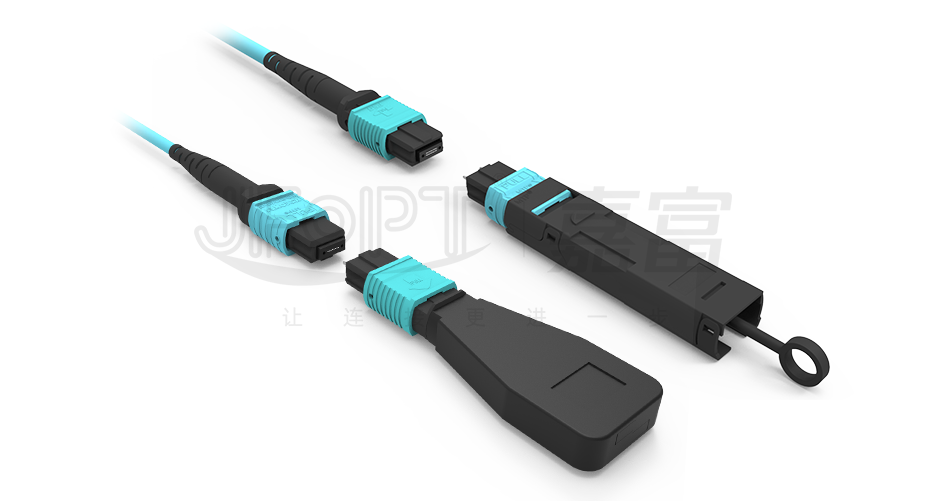
This device provides an effective solution for testing the transmit capability and receive sensitivity of network equipment. Especially in 40G and 100G network communications, it identifies various potential issues by looping back signals, enabling efficient testing and evaluation of individual components, interfaces, and entire networks within paired fiber optic networks.



The loopback is primarily used for fiber optic loopback testing. Signals are sent from communication equipment and returned to the same device to verify proper operation. It is commonly employed to check if fiber optic transceivers are functioning correctly as designed. Transceivers have two ports: one for transmitting signals (Tx) and the other for receiving signals (Rx).
The translation into English is: "MPO loopback cables with different core counts have different polarity channel alignment configurations. For example, a common 8-core MPO/MTP loopback typically aligns at both ends of the connector, leaving the middle 4 channels empty.



The MPO/MTP loopback provides a fast and efficient method to test the transmission capability and reception sensitivity of optical network equipment, thereby identifying various potential issues promptly.

This device provides an effective solution for testing the transmit capability and receive sensitivity of network equipment. Especially in 40G and 100G network communications, it identifies various potential issues by looping back signals, enabling efficient testing and evaluation of individual components, interfaces, and entire networks within paired fiber optic networks.

The MPO/MTP loopback is available in various configurations, supporting 8-core, 12-core, 16-core, and 24-core MPO/MTP connectors, along with multiple fiber configurations to accommodate different port testing requirements.
Its compact and robust housing design ensures excellent stability and reliability.

Loopbacks are typically used for signal return testing in systems or networks. By testing the transmission capability and reception sensitivity of network equipment, they help detect any anomalies in the link, enabling effective network testing and evaluation. Fiber loopbacks usually consist of connectors and short jumpers. Based on the connector type, they can be categorized into SC, LC, MPO, MTP, MTRJ, E2000, and others.
The MPO/MTP loopback contains an internal MPO loopback jumper, connecting both ends of a multi-fiber cable to a single MPO/MTP connector. This allows the connector to handle both transmission and reception without altering or repeating the signal, thus creating a loop.



The loopback is primarily used for fiber optic loopback testing. Signals are sent from communication equipment and returned to the same device to verify proper operation. It is commonly employed to check if fiber optic transceivers are functioning correctly as designed. Transceivers have two ports: one for transmitting signals (Tx) and the other for receiving signals (Rx).
The translation into English is: "MPO loopback cables with different core counts have different polarity channel alignment configurations. For example, a common 8-core MPO/MTP loopback typically aligns at both ends of the connector, leaving the middle 4 channels empty.



The MPO/MTP loopback provides a fast and efficient method to test the transmission capability and reception sensitivity of optical network equipment, thereby identifying various potential issues promptly.

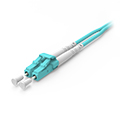
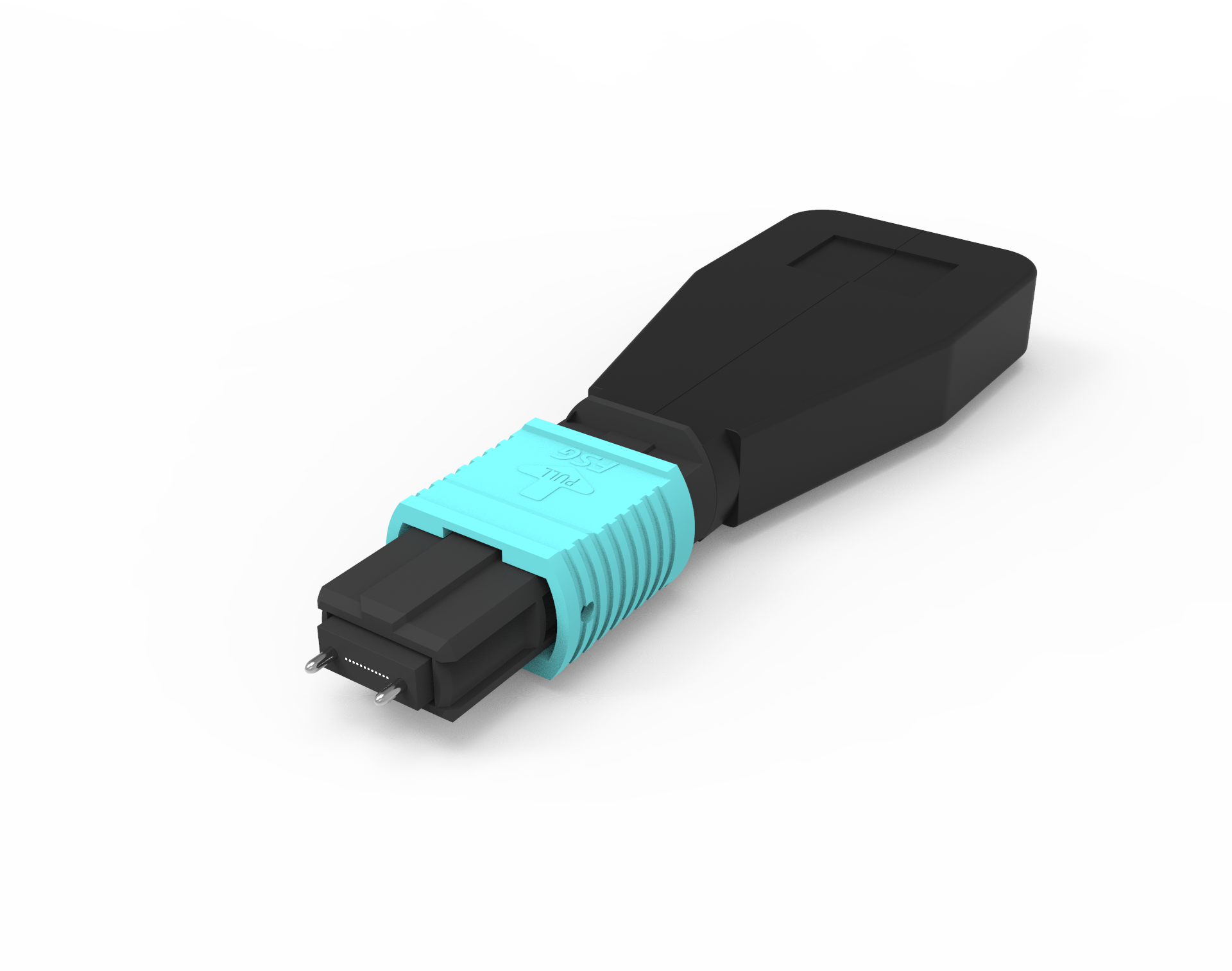
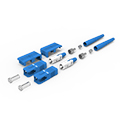
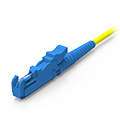
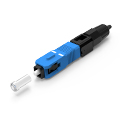
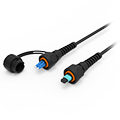
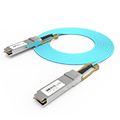
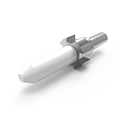
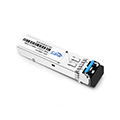


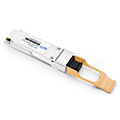
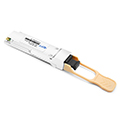

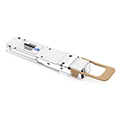
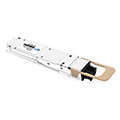
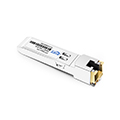
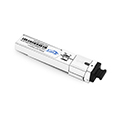

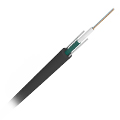
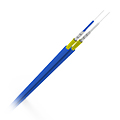


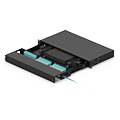
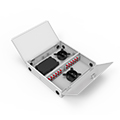

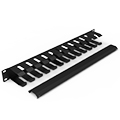
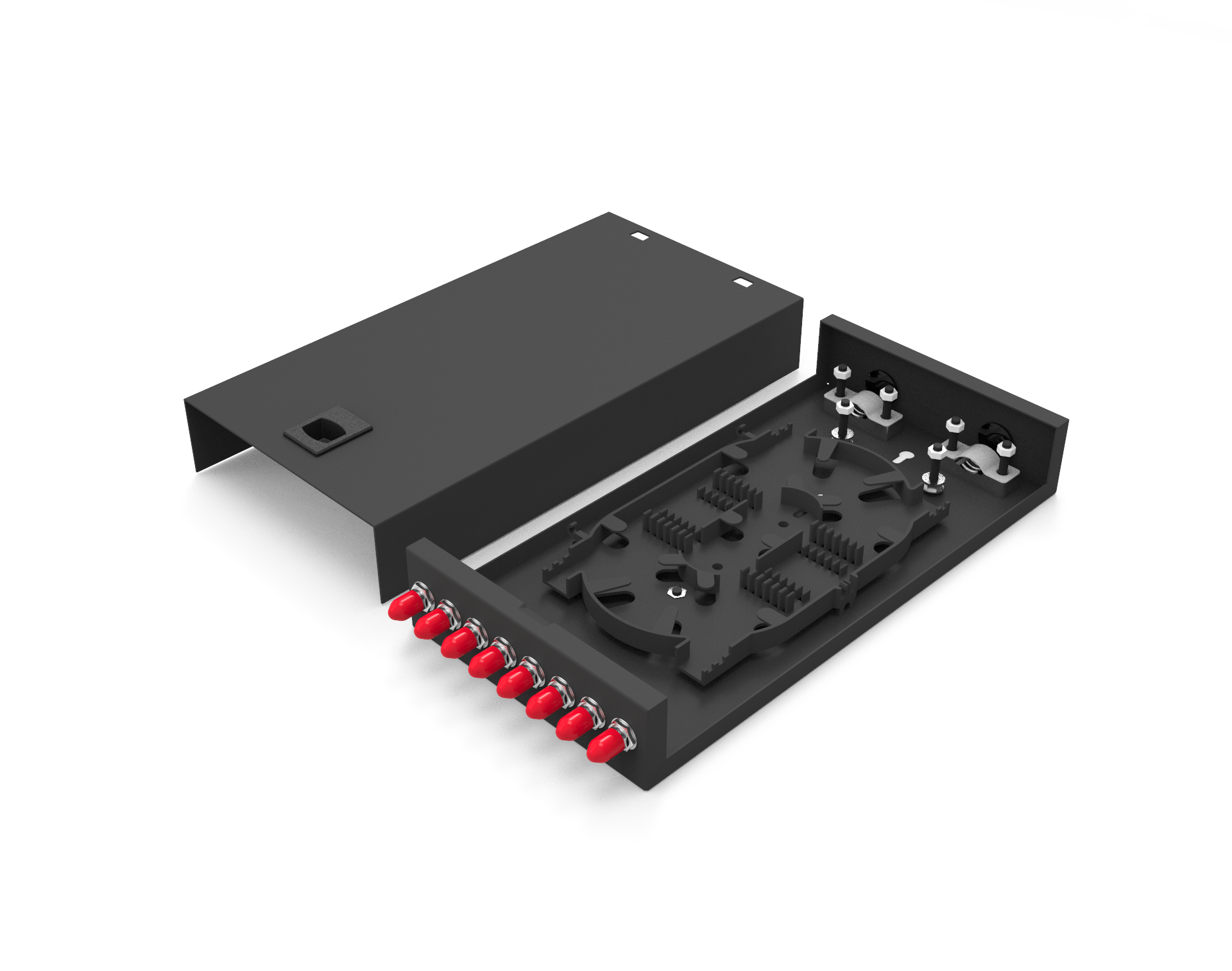
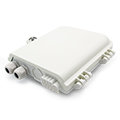
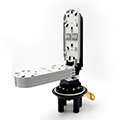
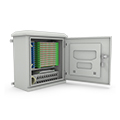
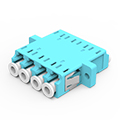

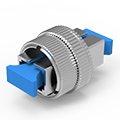
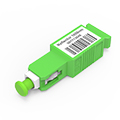
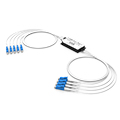
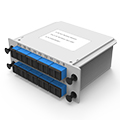

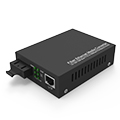
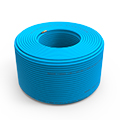
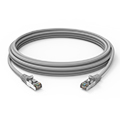
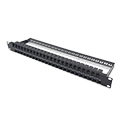
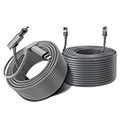
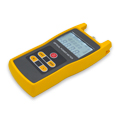
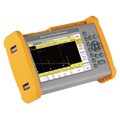
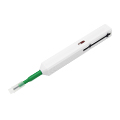
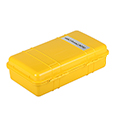
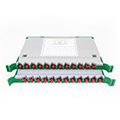
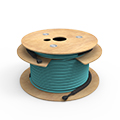


















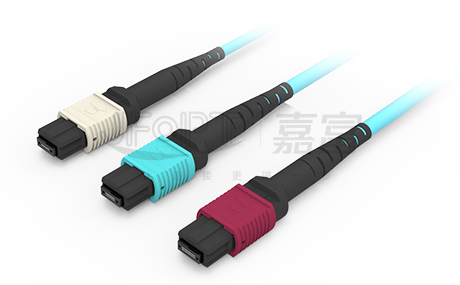
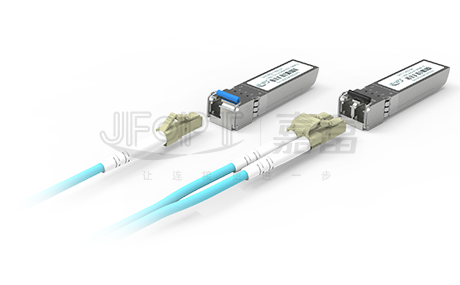
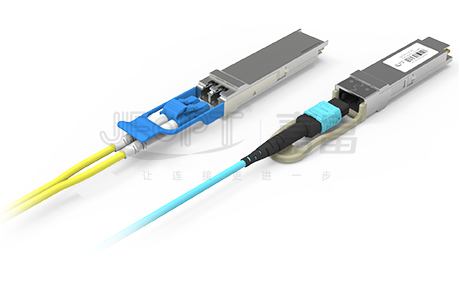
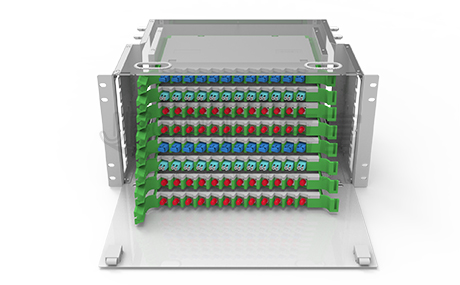

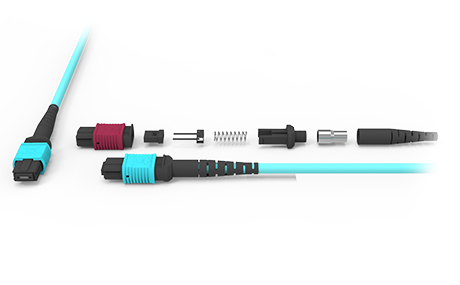
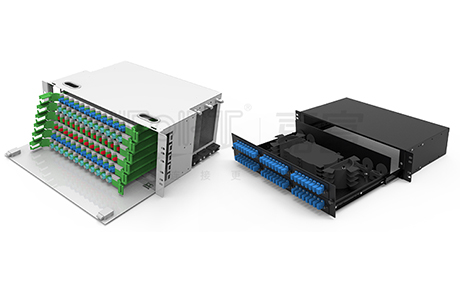
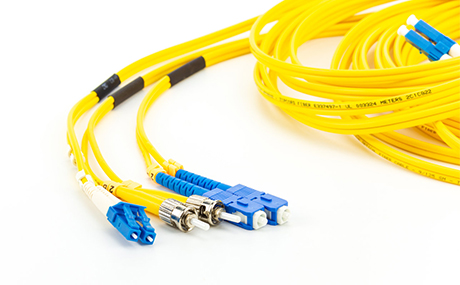
 Ann
Ann












